Bridging the skills gap in Indian OOH as a part of outdoor media news & advertising
By N Jayalakshmi - September 05, 2022
As OOH gets ready to embrace new dynamics, enabled by digital technologies and emerging advertiser needs, is the industry empowered with the right skills to match the evolving market demands? What are the key skills that can take the medium to new heights? How can these skills be groomed? How can it effectively become integral part of Outdoor media news and advertising? Can media exist without Advertising?
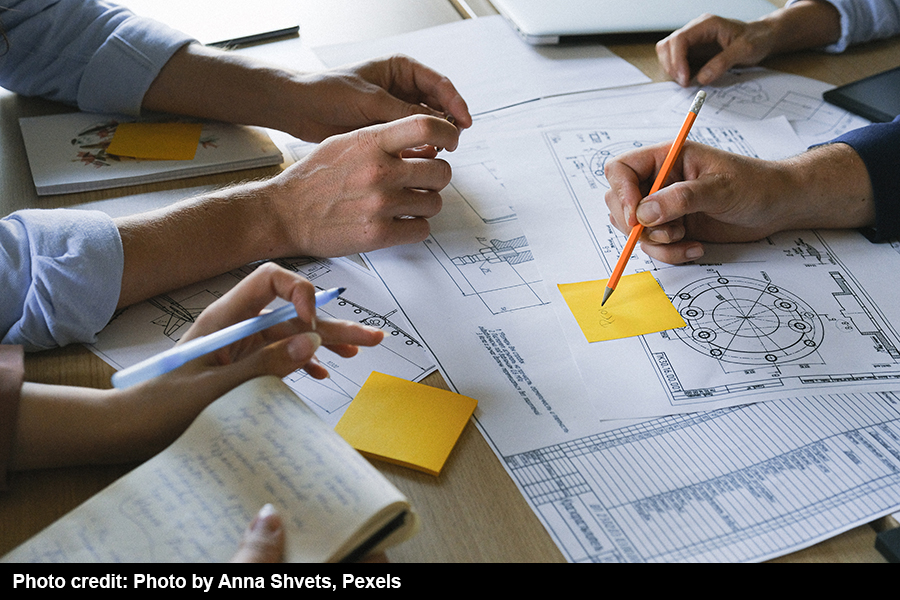
Imagine a bunch of young aspiring media professionals, fresh out of college, and looking at the vista of opportunities spread out in front of them. Now if you were to ask them to pick their choice and importance of outdoor media industry - the field where they would like to pitch their professional tent - chances are that they will pick social, digital, TV (electronic) and may be print, in that order.
It’s very unlikely that any of them would pick out OOH as the Outdoor media of their choice to pursue their career in. It is indeed an irony that the medium that lends maximum brand visibility to the maximum number of people is still not the immediate choice for an aspiring media professional.
It may be argued that OOH is primarily an Outdoor advertising medium, not a communication medium, and therefore the question of choice in this context may not be strictly relevant. But then we have seen enough instances of OOH being used most effectively for many social/public awareness campaigns or for a larger cause.
Need of the hour, skills for OOH
Also, today with the digital/social media merging with OOH, and audience engagement increasingly becoming the crucial differentiator in any campaign, one wonders if it’s not the right time to start looking at OOH differently. But this entails mapping and grooming the right skills sets that can take it forward. The key is to make it a go-to medium, not only for advertisers, but also for aspiring media professionals and professionals from diverse streams including technology, data analytics, research, design, and other creative fields.
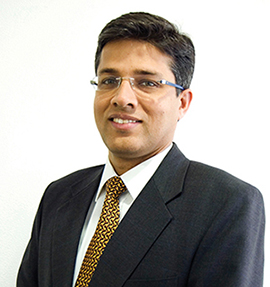 Technology is indeed enabling OOH to be a more interactive medium today where diverse engagement possibilities can converge. On the one hand are the traditional OOH formats that are still an integral part of many brand campaigns and where the medium can seamlessly blend with public infrastructure and public space design. On the other hand is DOOH and other tech-driven OOH formats that can add an experiential edge to a typical OOH campaign and take audience engagement to whole new levels. What this means is that the role of diverse and relevant skill sets in OOH assumes greater significance today. So, what are these key skills? And how can they be leveraged to make better use of the medium’s potential? Industry stakeholders have varied views on this.
Technology is indeed enabling OOH to be a more interactive medium today where diverse engagement possibilities can converge. On the one hand are the traditional OOH formats that are still an integral part of many brand campaigns and where the medium can seamlessly blend with public infrastructure and public space design. On the other hand is DOOH and other tech-driven OOH formats that can add an experiential edge to a typical OOH campaign and take audience engagement to whole new levels. What this means is that the role of diverse and relevant skill sets in OOH assumes greater significance today. So, what are these key skills? And how can they be leveraged to make better use of the medium’s potential? Industry stakeholders have varied views on this.
Aman Nanda, Chief Strategy Officer, Times OOH agrees that the whole question of skill sets needs to be looked at from the perspective of the OOH industry’s evolution itself and points out the role of organisations in the OOH space in this context. “The Indian OOH industry is at a transformative stage where it is inventing and reinventing itself every day. It is giving new opportunities and capabilities to the industry to be able to serve the advertisers better. That is possible only when the industry players themselves are skilled enough to understand new capabilities offered by the outdoor medium. The requirement to understand the medium and its unraveling of new possibilities is not limited to only one department, but rather the entire organisation and each team needs to be skilled enough to make strong propositions to clients.”
 In the context of DOOH, he adds, “It is imperative for the entire organisation to understand it thoroughly, including the creative teams, the designing team and the content teams, to create messaging that is apt for the medium and most importantly, which puts the medium into its full usage. Likewise, static formats and street furniture offer huge bandwidth to innovate and execute creativity-led branding & messaging. Hence, teams need to be proficient with those possibilities to give an impetus to the medium.“
In the context of DOOH, he adds, “It is imperative for the entire organisation to understand it thoroughly, including the creative teams, the designing team and the content teams, to create messaging that is apt for the medium and most importantly, which puts the medium into its full usage. Likewise, static formats and street furniture offer huge bandwidth to innovate and execute creativity-led branding & messaging. Hence, teams need to be proficient with those possibilities to give an impetus to the medium.“
Jayesh Yagnik, CEO, MOMS Outdoor Media Solutions makes a similar point, “As we know OOH is one of the oldest and in-your-face mediums. However, even today it is seen as a standalone medium with a lot of non-AOR clients. In this scenario we need to have very robust teams that understand the client space and look at specific solutions, rather than having a one-size-fits-all approach. Looking at the future, data will be a key measure for effectiveness and data and analytics capabilities will be the critical skills to look for.”
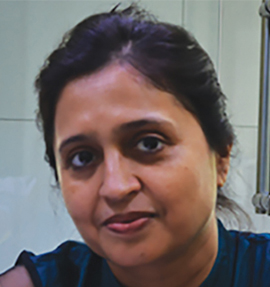 Neeta Gulati, Director, Alakh Advertising & Publicity says, speaking about the critical skills needed in the OOH space, “The most important skills in the industry today are definitely tech-related. There is an ever increasing need to digitise the OOH canvas. And that calls for more skilled hands to design creatives and maintain the digital OOH assets.”
Neeta Gulati, Director, Alakh Advertising & Publicity says, speaking about the critical skills needed in the OOH space, “The most important skills in the industry today are definitely tech-related. There is an ever increasing need to digitise the OOH canvas. And that calls for more skilled hands to design creatives and maintain the digital OOH assets.”
As Neeta points out, multi-channel integration, measurement, etc., are the imperatives today for OOH and the right skills are those that are aligned to the imperatives.
Skillset challenges
So how easily are these skill sets available for the industry stakeholders? Pramod Bhandula, Chairman, JCDecaux India, says, “OOH is an expansive category and among the oldest forms of advertising; however, recent changes in technology and an increase in customer awareness mandate a re-evaluation of the OOH operating culture. I see that we need to go a long way in achieving the required best practices and skill sets that could establish OOH business in a structured way. Currently, only a few organised players are operating in the market and maintaining systemic Standard Operating Procedures, structured processes and having skilled professionals; the rest are operating in the usual conventional way.”
Pramod adds, elaborating on the challenges in finding the right skill sets, “There is lack of adequate skilled professionals and opportunities. As I said, most OOH companies are running their businesses traditionally and therefore hardly focus on systems and skilled professionals or on imparting the required skills to the workforce, which in turn lowers the scope of transition within the industry.
“Also, OOH is fragmented and unorganised, due to which we face the challenge of getting skilled professionals. It will take some years to overcome this challenge, and as a starting today, we need to focus on developing skilled professionals, so that we could reap the results afterwards.”
Jayesh agrees, “The Indian OOH industry is very small compared to the more established, traditional and non-traditional media. The talent pool is also limited because of the limited share of this medium in the overall advertising pie. There is a gap in strategic approach and data skills in the industry which should ideally be covered across all verticals.”
Aman adds, speaking about the skill gap, “There is no drastic gap between demand and supply when it comes to skills, as today’s youth is quite proactive when it comes to learning new things and adding more skills to their CV. But in a fast-moving advertising age where new advertising formats are mushrooming every day, like influencer marketing or social media marketing, and to keep up with the pace of new developments taking place within OOH advertising, we have to train our people to ensure that they are above and beyond the competition and at par with international OOH trends. But while the Indian OOH industry is quite receptive to learning new practices, technologies, and innovations and be at par with various developments taking place internationally, the challenge comes in finding the right resources to train the existing talent. There are no dedicated courses or learning sessions on OOH to educate professionals about various skills and capabilities required to build or sell OOH/DOOH medium.”
Neeta says, talking about the challenges as far as finding the right skills are concerned, “I guess the major pain points are that most people who join the industry are all from different backgrounds and come to understand the industry only after joining it and learn more about it with experience. And once in the industry, the movement is generally within the industry.”
Grooming the right skills
So given the need for certain skills sets to take the industry and the medium ahead and given that there are many gaps in this aspect that need to be addressed and bridged, what is the way ahead? Are there initiatives being taken by OOH companies and other stakeholders in this space to overcome the challenges in this area?
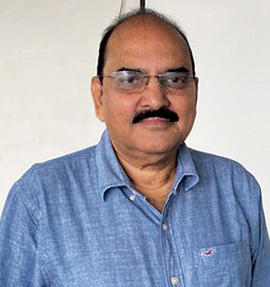 H V Surendra Nath, COO, Prakash Arts points out that there is a shift away from super large formats to mid-sized and signage formats, especially given the restrictions in many cities. So, there is immense scope for creating value-added street furniture and public utilities. There are also huge opportunities coming up in the metro for attractive media units. But all of this requires good design capabilities and the skills to fabricate and execute designs, and this is where there is a gap, as finding the right skill sets to convert the designs into fabricated units can be quite a challenge.
H V Surendra Nath, COO, Prakash Arts points out that there is a shift away from super large formats to mid-sized and signage formats, especially given the restrictions in many cities. So, there is immense scope for creating value-added street furniture and public utilities. There are also huge opportunities coming up in the metro for attractive media units. But all of this requires good design capabilities and the skills to fabricate and execute designs, and this is where there is a gap, as finding the right skill sets to convert the designs into fabricated units can be quite a challenge.
“We do have training programmes in our organisation, especially in the area of fabrication, electrical works, civil engineering, etc . We have experts and professionals from these areas coming and giving training to our workers. As an organisation we also ensure that our staff members remain with us for long and we encourage their professional growth through monetary and other incentives and the right working environment. In fact, our employee loyalty is among our biggest strengths,” says Surendra Nath.
At the same time, he adds that there is a need for regional industry bodies to offer skills training, so that the industry as a whole gets access to the right talent.
Aman comments that “being a big conglomerate, grooming and training of employees is inherent to our DNA wherein we ensure Times OOH’s every employee gets training in the required skill set to enhance their productivity in their day-to-day work and holistic development of their capabilities. We conduct training sessions, workshops and different programs for skill development, productivity enhancement and for people who are enthusiastic to learn a new kind of skill set that’s apart from their regular core work. We invite various mentors, coaches and trainers from within our country and international markets to upskill the strengths of our employees. For instance, we are constantly organising training sessions on Digital OOH and we see programmatic becoming an integral of the OOH industry, so we are preparing all teams, including the product, sales, creative teams and others to be prepared for the new OOH industry trend in advance.“
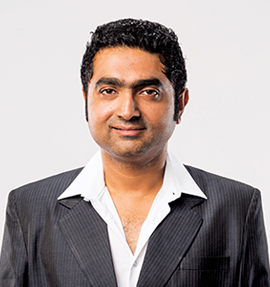 Says Aninda Banerjee, MD, Enkon OOH, sharing his thoughts in this regard, “We are extremely futuristic. The move towards digital was pre-pandemic and during the pandemic we swiftly added the latest software systems to our pDOOH assets which have industry acceptance. We engaged our team in large-scale BTL advertising across the country and we encouraged knowledge sharing between our team members across regions. We studied the industry closely and hired specialists to educate and train our team on the new offerings that we introduced in the market. The pandemic was, in fact, more an opportunity for us to take these initiatives ahead.”
Says Aninda Banerjee, MD, Enkon OOH, sharing his thoughts in this regard, “We are extremely futuristic. The move towards digital was pre-pandemic and during the pandemic we swiftly added the latest software systems to our pDOOH assets which have industry acceptance. We engaged our team in large-scale BTL advertising across the country and we encouraged knowledge sharing between our team members across regions. We studied the industry closely and hired specialists to educate and train our team on the new offerings that we introduced in the market. The pandemic was, in fact, more an opportunity for us to take these initiatives ahead.”
Paving the way forward
In this context, Pramod feels the more critical question is about how the industry as a whole can get streamlined and put in place certain systems and processes that make it conducive for the right skill sets to thrive. “In my view, every organisation has its different methods, ways and procedures to handle or run the business. I don’t think there is any set rule or book to follow. What is more important is that we bring in place the continuity to upgrade, train and coach professionals to get results in the longer run. Today’s need in the OOH industry thus is to first shape and organise the industry, which leads to consolidation and increased market share for OOH, which will truly change the scenario. Once these aspects start aligning, then I see the challenges around skilled and developed professionals getting minimised.”
Sharing his thoughts on the skills gap in OOH, Jayesh says, “The best way to deal with this gap is to have young and fresh talent from outside and nurture them to suit the OOH requirement . We all know how technology has changed our lives and OOH is no different. Training and skill development should be a regular, ongoing process and can definitely help in this regard. We have periodic and regular training sessions for our teams in terms of how they can do things differently with respect to new initiatives, data, technology, efficient planning, etc., so that they are well equipped when they face the world.”
Says Aman in this regard, “There is a dire need to enhance the skillset of partners who are not directly part of the OOH industry, but are dealing with our industry i.e. media planners and creative professionals. They also need to have sufficient knowledge about the OOH industry to make this medium a part of their multimedia pitches. They need to be attuned to new developments taking place in terms of technology & hardware that build synergy with various other advertising channels such TV, Print, Digital, Radio, outdoor media news and more.”
Indeed the right skill sets can help the industry and the medium grow faster and so the need for standard practices, even in the area of skills training, certainly seems to be critical. As Neeta says, “Developing skills can bring about structural changes in the industry and create inroads into areas that have not been achieved yet. Skilled hands in the industry can deliver a job well done, satisfy customers and increase profitability and go to great lengths to organise this ill-organised industry. Training courses and mentors for new entrants can also help us achieve desired results.”
Indeed, industry players are unanimous in their view that the time is just ripe for collective industry initiatives in skills development as OOH as a medium gets ready to push new boundaries. As Aman points out, “This is certainly a long-standing need to join hands for joint training sessions or programs to enhance the productivity of the existing workforce in the Indian OOH industry. This industry is fortunate to have various experts from different domains who can contribute towards preparing a robust training or workshop model for the entire industry. Moreover, we need to create more opportunities for new talent in the form of internships where we can seek fresh minds carrying new ideas, non-stereotypical perceptions and new perspectives to showcase this industry to the clients.”

Stay on top of OOH media trends

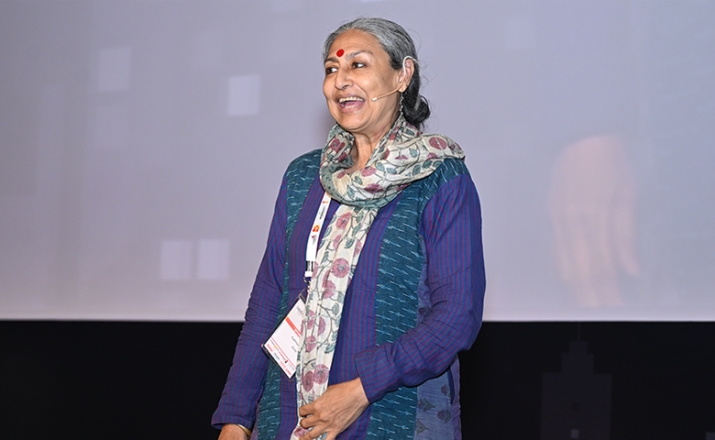
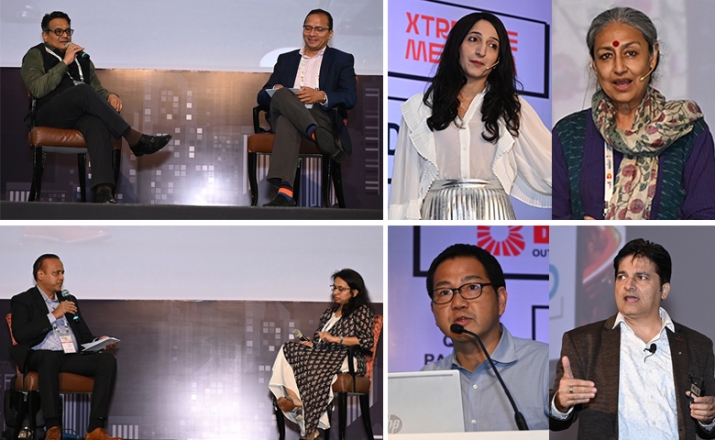

_140_270.png)
_(8)_140_270.png)
-2_140_270.png)

_140_270.png)
_140_270.png)

